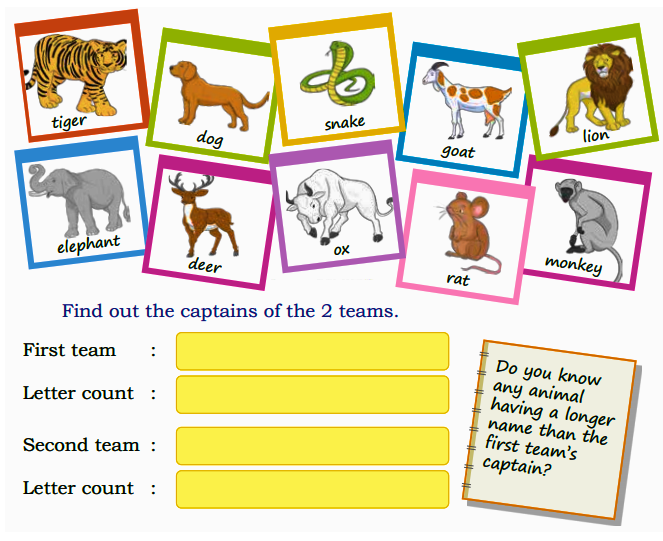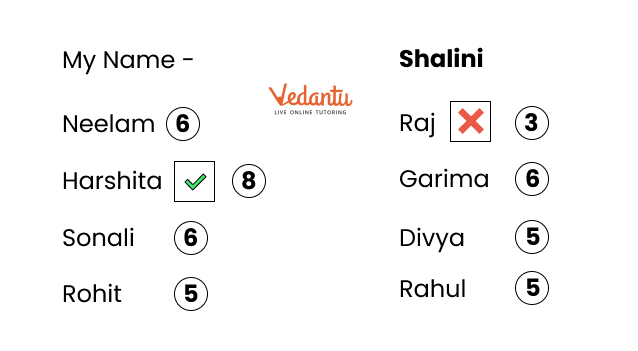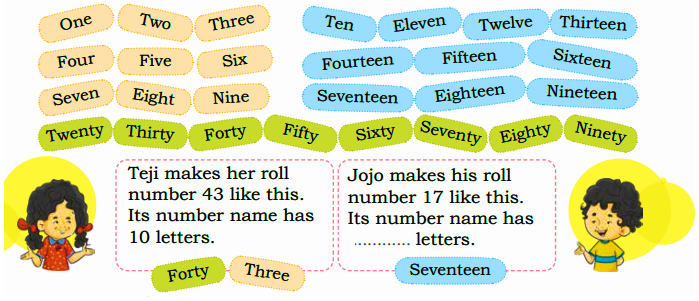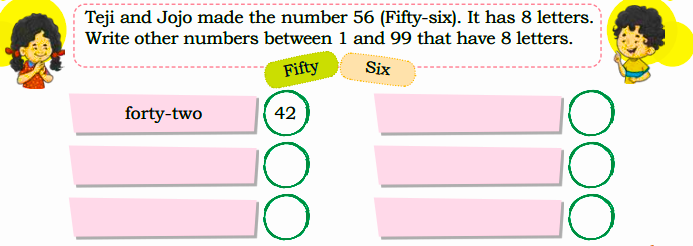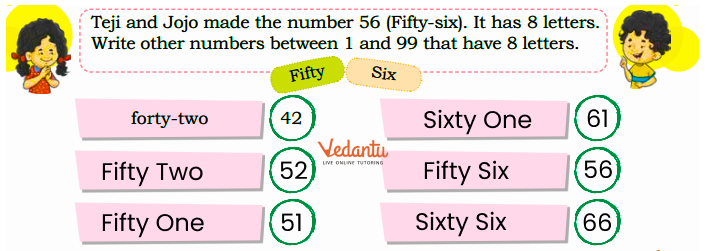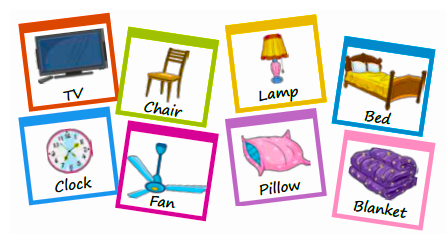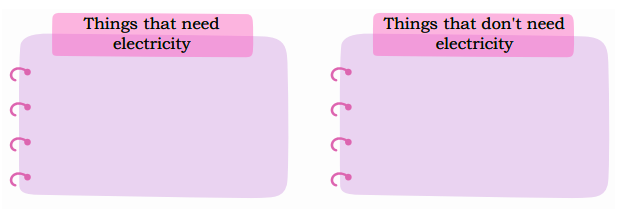What's In A Name? - Exercise-wise Questions and Answers For Class 3 Maths - Free PDF Download
FAQs on NCERT Solutions For Class 3 Maths Chapter 1 What's In A Name? - 2025-26
1. What are the NCERT Solutions for Class 3 Maths Chapter 1 'What's In A Name' based on?
The NCERT Solutions for Class 3 Maths Chapter 1 'What's In A Name?' are prepared exactly as per the latest CBSE 2025–26 NCERT textbook syllabus and follow the stepwise problem-solving approach recommended in the official textbook. All answers follow the NCERT answer format and use CBSE-approved terminology to help students understand the concepts clearly.
2. How do I solve exercise questions in Class 3 Maths Chapter 1 using the correct NCERT method?
To solve the exercise questions in Class 3 Maths Chapter 1, read each question carefully, follow the stepwise method as shown in the NCERT textbook, and use a logical approach to answer. Ensure you pay attention to how names, patterns, and sequences are arranged, and always check answers in the official NCERT solutions to confirm accuracy according to CBSE guidelines.
3. Where can I find stepwise, correct answers for all questions in Class 3 Maths Chapter 1?
Stepwise, correct answers for all questions in Class 3 Maths Chapter 1 are available in the NCERT solutions PDF, which follows the NCERT answer key style and provides detailed explanations for each textbook question as per CBSE 2025–26 format.
4. Are these solutions for Class 3 Maths Chapter 1 approved as per the updated CBSE 2025–26 syllabus?
Yes, the solutions for Class 3 Maths Chapter 1 strictly follow the updated CBSE 2025–26 syllabus and match the current NCERT textbook. They are designed to help students achieve full marks by using the correct answer format and logic expected by schools and board examiners.
5. Can I download the NCERT Solutions for Class 3 Maths Chapter 1 in PDF format?
Yes, you can download the NCERT Solutions for Class 3 Maths Chapter 1 in PDF format. The official answer PDF contains complete, stepwise solutions for all exercises, making revision and homework easy as per CBSE standards.
6. Do the NCERT solutions include extra questions or only textbook exercises for Class 3 Maths Chapter 1?
The NCERT solutions for Class 3 Maths Chapter 1 focus on providing official, textbook-based answers and do not include extra questions. All solutions strictly follow the questions given in the NCERT textbook and adhere to the approved answer pattern.
7. Are the answers in Class 3 Maths NCERT Solutions easy to understand for primary students?
Yes, the answers in the Class 3 Maths NCERT Solutions are written in simple, easy-to-understand language suitable for primary students, and every step follows the CBSE/NCERT answer structure for quick and clear learning.
8. What approach is used to explain patterns and naming in Chapter 1 Class 3 Maths NCERT Solutions?
The approach used in Chapter 1 Class 3 Maths NCERT Solutions is a stepwise explanation that highlights how to identify patterns, sequences, and names as per the NCERT textbook. This method helps students grasp the concept thoroughly in a CBSE-aligned manner.
9. Can these NCERT solutions for Class 3 Maths be used for school exams and CBSE assessments?
Yes, these NCERT solutions for Class 3 Maths Chapter 1 are fully suitable for school exams and all CBSE assessments as they follow the official answer pattern and cover all types of questions given in the NCERT textbook.
10. What should I do if my answer to a Class 3 Maths Chapter 1 exercise differs from the NCERT solution?
If your answer differs from the NCERT solution, compare your steps with the stepwise method shown in the official answer. Make sure you have followed the correct reasoning, and revise according to the CBSE 2025–26 NCERT solution format to improve your accuracy.
11. Is there any specific format I must use to write answers for Chapter 1 in Class 3 Maths according to CBSE standards?
Yes, while writing answers for Chapter 1 in Class 3 Maths, follow the NCERT answer key style: state each step clearly, use logical reasoning provided in the textbook, and present the answer neatly as per CBSE-approved answer format for best results.
12. How does solving NCERT solutions for Class 3 Maths Chapter 1 help improve concept clarity?
Solving NCERT solutions for Class 3 Maths Chapter 1 builds a strong conceptual foundation, as each solution provides a stepwise explanation and reinforces foundational CBSE concepts, helping students avoid common mistakes in pattern and naming questions.

























